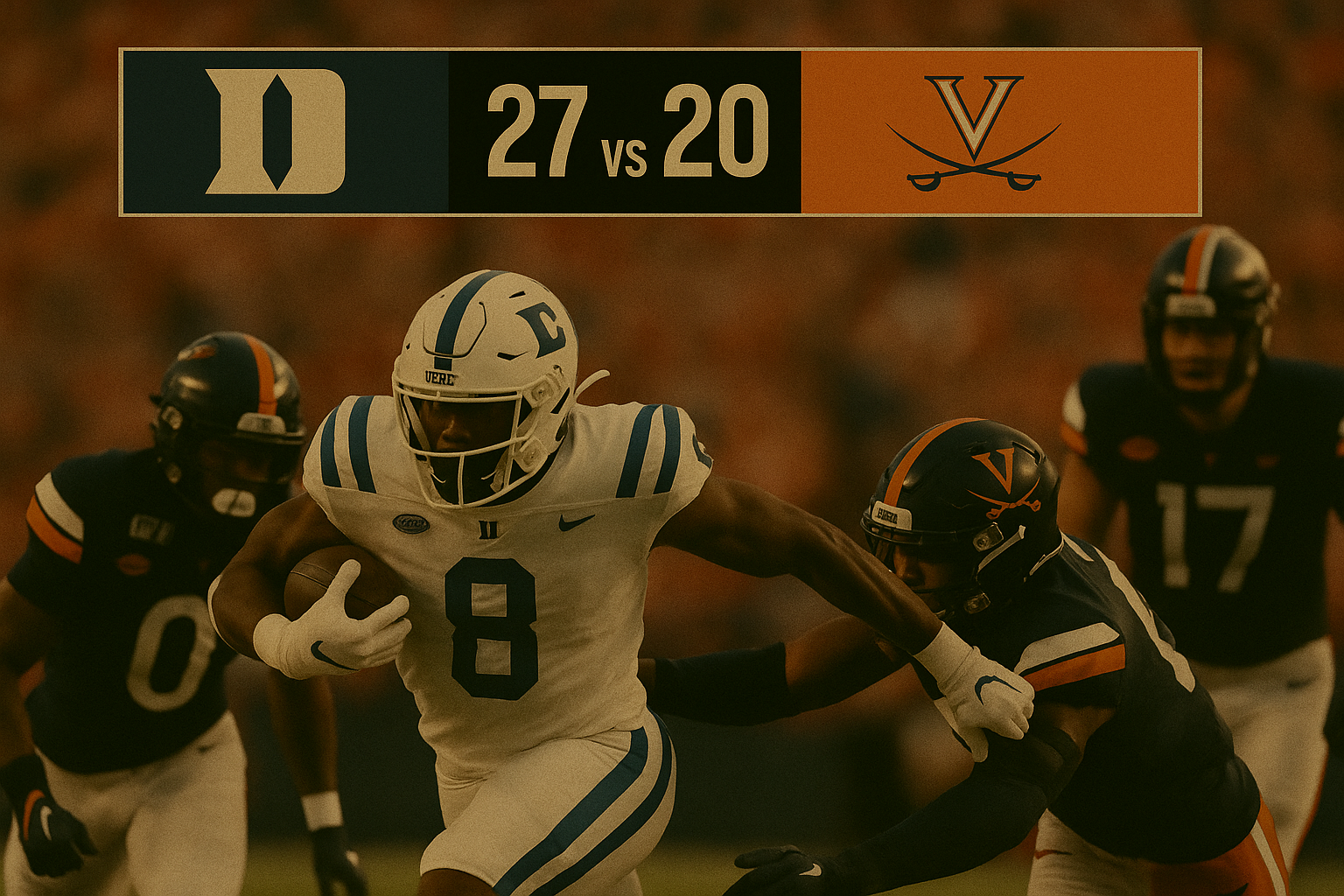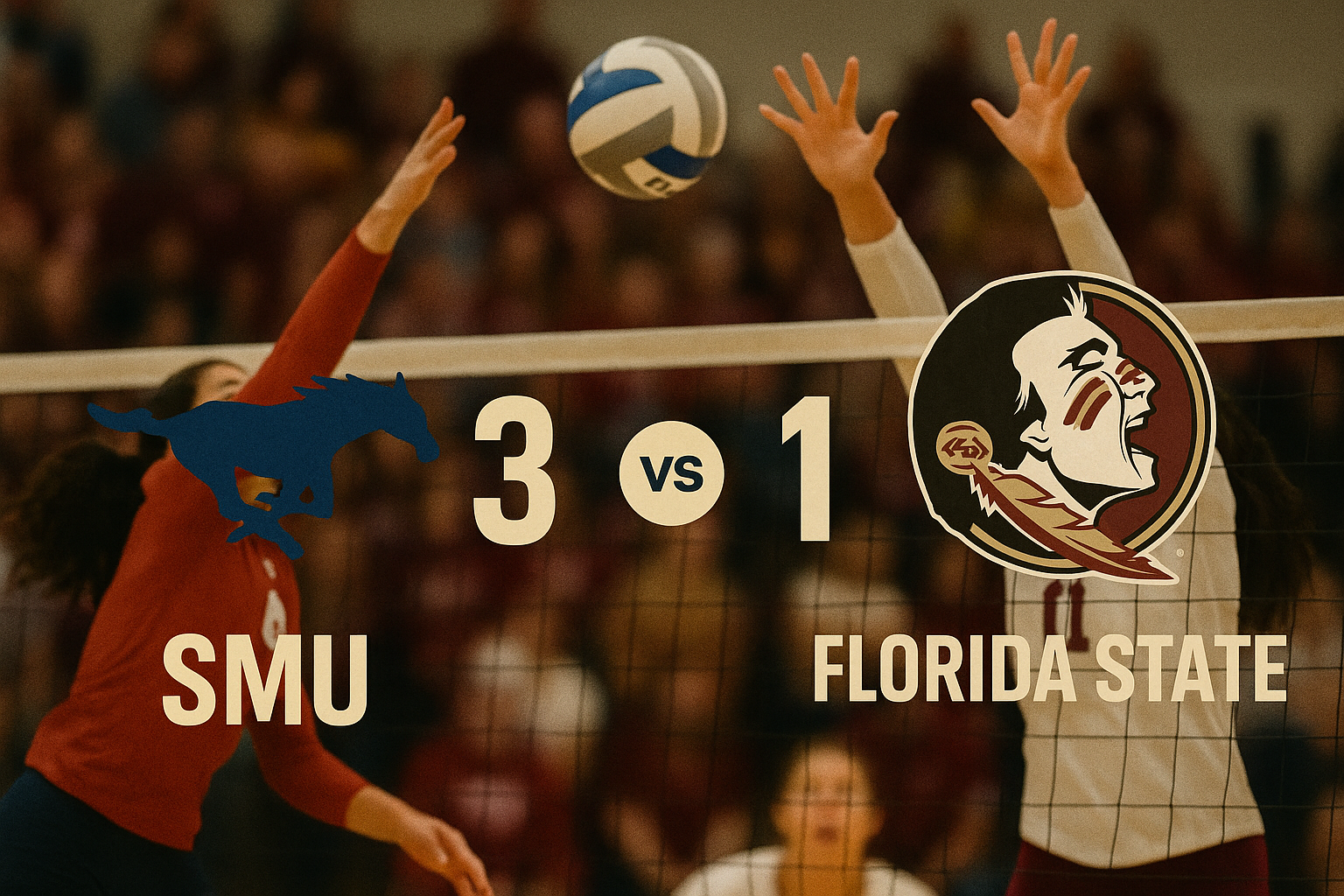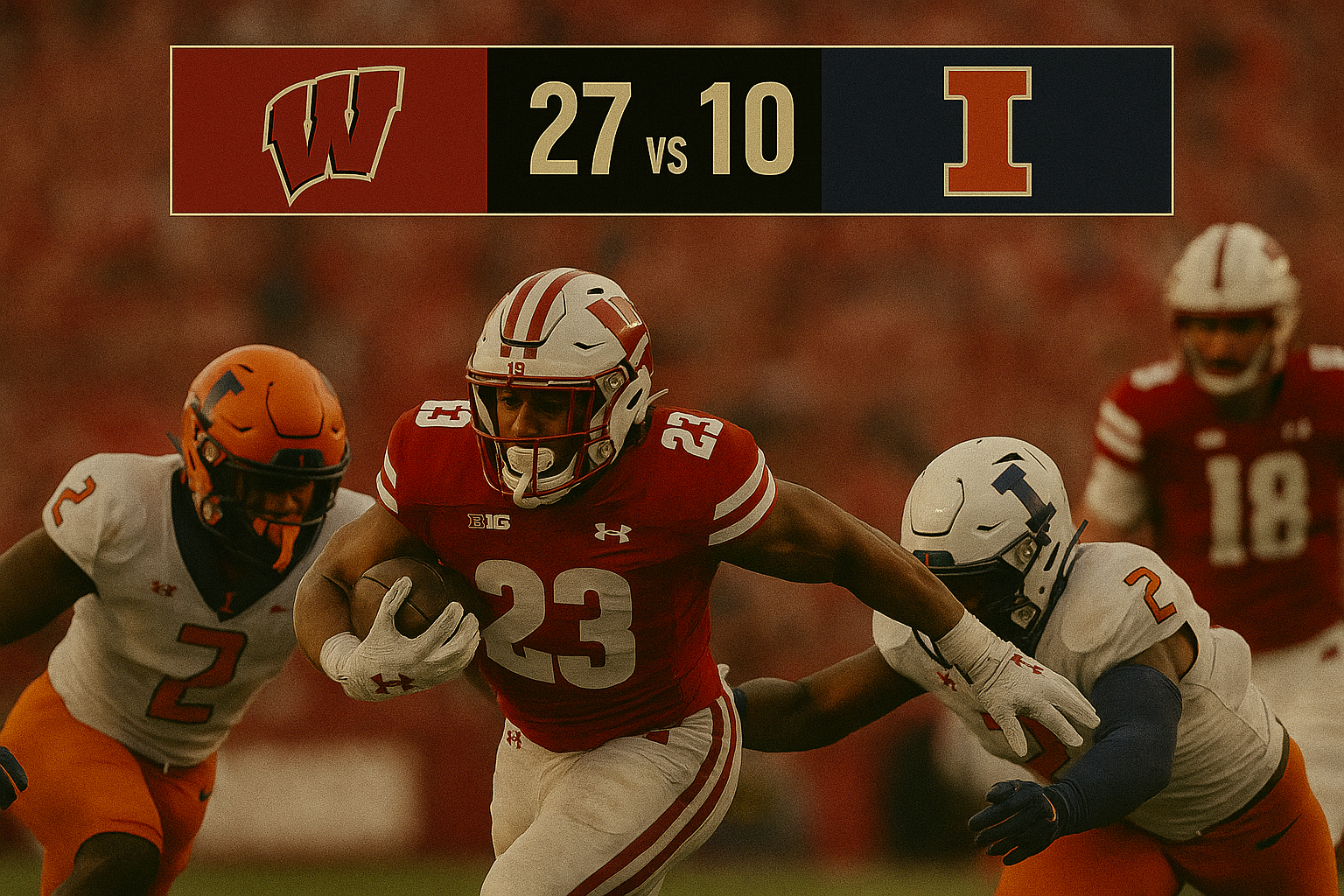ESPN Eyes $80 Million Sweetener to Push SEC Toward Nine-Game Football Schedule
Network Ready to Pay More for Expanded Slate Amid Ongoing Talks
The Southeastern Conference (SEC) is once again weighing the benefits and consequences of expanding its football conference schedule from eight to nine games—and now, ESPN may be offering a significant financial incentive to help tip the scales. According to recent reports, the network is prepared to pay the SEC an additional $50 million to $80 million annually if the league adds a ninth conference game to its regular-season format.
The proposed increase would come on top of ESPN’s current media rights agreement, which already pays the SEC $811 million per year to broadcast football and other athletic events.
Financial Motivation Meets Competitive Considerations
The timing of the potential change is notable. As the College Football Playoff expands and teams prepare for increased competition and scrutiny in playoff selection, league officials are reassessing how the SEC can remain dominant both on the field and in the eyes of the selection committee.
Of the four major football conferences with automatic College Football Playoff bids, two—the Big Ten and Big 12—already require teams to play nine conference games. The ACC and SEC, however, still follow the eight-game model. Critics argue this allows programs to schedule softer non-conference opponents, potentially inflating win totals without adding to playoff-worthy resumes.
Proponents of the nine-game schedule believe an additional intra-league matchup could both elevate the SEC's strength of schedule and enhance television ratings by eliminating low-profile non-conference contests.
ESPN’s Stakes in the SEC’s Decision
ESPN’s enthusiasm for an expanded SEC slate is no surprise. The network has exclusive broadcast rights to SEC football and is keen to fill its programming calendar with premium content. High-stakes conference matchups have consistently drawn some of the highest ratings in college football, and ESPN views a ninth game as another opportunity to boost audience engagement and ad revenue.
Viewership in the first year of the exclusive SEC-ESPN agreement exceeded projections, encouraging the network to deepen its investment. With an expanded playoff format promising more meaningful games late in the season, ESPN’s added payout could be seen as both a proactive business move and a strategic partnership extension.
No Formal Agreement Yet, But Pressure is Building
While ESPN’s offer is enticing, there is no formal agreement in place. Sources say that discussions are ongoing, and any decision from the SEC will likely hinge on a mix of internal consensus, scheduling logistics, and alignment with playoff structure revisions. The SEC is expected to revisit the issue at its annual spring meetings, which typically take place around Memorial Day.
At the same time, broader changes to the College Football Playoff—including adjustments to seeding and access—are expected to be discussed at the conference level in June. Those developments may play a significant role in shaping the SEC’s final position on expanding its schedule.
Potential Risks and Resistance
While many within the league see the value of a nine-game model, not all stakeholders are convinced. Some athletic directors and coaches are hesitant to add another challenging opponent to an already brutal slate. For programs on the rise—or those managing tighter recruiting pipelines—losing an easier non-conference game could mean missing bowl eligibility or losing critical momentum in development seasons.
Others worry about the impact on longstanding non-conference rivalries. Schools like Florida, Georgia, and South Carolina have annual matchups with ACC opponents that might be sacrificed under a tighter schedule, depending on how the additional conference game is implemented.
What’s at Stake
The SEC’s eventual decision will not only shape the 2026 football season but could also signal a broader shift in how college football’s elite conferences balance tradition, competition, and commerce. For ESPN, the stakes are just as high, with the potential to lock in more high-profile content and maximize returns on its massive investment in college sports.
Meanwhile, for the SEC’s member institutions, the question becomes whether the allure of added revenue and competitive credibility outweighs the scheduling flexibility and historic rivalry preservation of the current model.
Until official word comes, speculation will remain high—and fans, coaches, and broadcasters alike will be watching closely.









